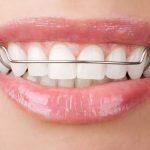Efficient Wisdom Teeth Irrigation: A Comprehensive Guide

Wisdom teeth, also known as third molars, are the last teeth to emerge in the back of our mouths. They usually appear between the ages of 17 and 25, and in many cases, they cause problems such as pain, infection, and crowding of the other teeth. One way to prevent these issues is by irrigating the area around the wisdom teeth regularly. In this comprehensive guide, we will explore the most efficient ways to irrigate your wisdom teeth area and keep your mouth healthy. Irrigation is the process of flushing out the pockets and gaps between your teeth and gums, where food particles and bacteria can accumulate. This is especially important for wisdom teeth, which are harder to reach and clean than other teeth. Efficient wisdom teeth irrigation involves using the right tools and techniques to ensure that all debris and bacteria are removed, reducing the risk of infection and decay. By following the steps outlined in this guide, you can maintain good oral hygiene and keep your wisdom teeth healthy and pain-free.
Wisdom teeth, also known as third molars, are the last set of teeth to emerge in the back of the mouth and usually appear between the ages of 17 to 25. Most people have four wisdom teeth, one in each corner of the mouth, but some may have fewer or none at all. While they were once necessary for our ancestors to grind tough plant matter, our modern diets and improved dental hygiene have made them somewhat obsolete. In fact, wisdom teeth can often cause problems such as impaction, infection, and damage to surrounding teeth. As a result, many dentists recommend their removal to prevent these issues from occurring. Proper irrigation of the wisdom teeth area is essential to prevent infection and maintain overall oral health.
Maintaining good oral hygiene is essential for overall health and well-being. Poor oral hygiene can lead to gum disease, tooth decay, and other oral health problems. It is important to brush and floss regularly, and to use an antiseptic mouthwash to kill harmful bacteria. Regular dental check-ups and cleanings are also important to detect any issues early on and to remove plaque and tartar buildup. Effective wisdom teeth irrigation is also crucial in maintaining oral hygiene, as it helps to remove food particles and bacteria from hard-to-reach areas. By taking good care of your teeth and gums, you can prevent oral health problems and maintain a healthy, beautiful smile.
The purpose of this article, \Efficient Wisdom Teeth Irrigation: A Comprehensive Guide,\ is to provide readers with a detailed and thorough understanding of the importance of wisdom teeth irrigation and the most effective methods for performing this dental hygiene practice. The article aims to educate readers on the risks of not properly irrigating their wisdom teeth, such as the development of gum disease, cavities, and bad breath, and how to avoid these issues. By providing step-by-step instructions and recommendations for the best products and tools to use, this article strives to empower readers to take control of their dental health and maintain a healthy smile.
Understanding Wisdom Teeth Irrigation
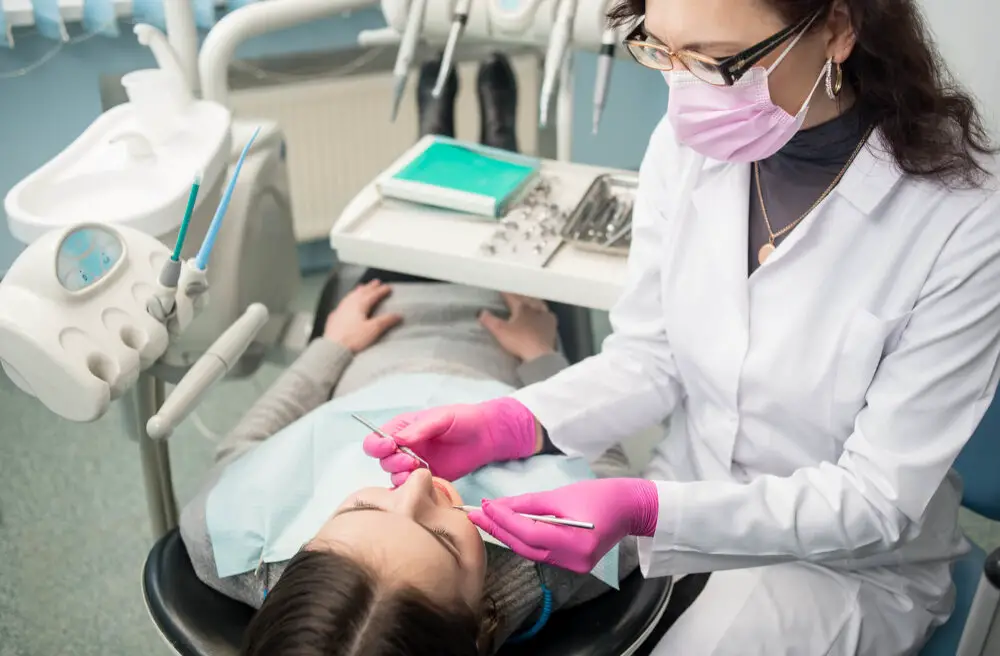
Wisdom teeth, also known as third molars, are the last set of teeth to emerge in the back of the mouth. They typically appear in the late teenage years or early twenties, and in some cases, they can cause discomfort, pain, and even infection. Wisdom teeth irrigation is a process that involves flushing out food particles, debris, and bacteria from the gum pockets around the wisdom teeth. This technique can prevent the buildup of plaque and tartar, which can lead to gum disease and tooth decay. Irrigation is an essential part of maintaining good oral hygiene, particularly when it comes to wisdom teeth. To perform wisdom teeth irrigation, a dental professional will use a syringe or water pick to deliver a stream of water or saline solution to the gum pockets around the wisdom teeth. This process helps to dislodge any food particles or debris that may have become trapped in the pockets, and it also helps to flush out bacteria and other harmful substances. In some cases, an antiseptic or antibiotic solution may be added to the irrigation fluid to further reduce the risk of infection. Wisdom teeth irrigation can be performed in the dental office or at home, but it is important to follow the instructions of your dentist or dental hygienist to ensure that the process is carried out safely and effectively. Overall, wisdom teeth irrigation is a simple and effective way to maintain good oral health and prevent the development of dental problems.
Wisdom teeth irrigation is a dental procedure that involves the use of a specialized tool to flush out debris and clean the area around the wisdom teeth. The procedure is typically performed after wisdom teeth removal surgery to help prevent infection and promote healing. During the procedure, a dentist or oral surgeon will use a syringe-like device to direct a stream of water or saline solution into the socket where the tooth was extracted. This helps to remove any remaining blood, bone fragments, or other debris that may have accumulated in the area. Irrigation can also help to reduce swelling and speed up the healing process, making it an important part of post-operative care for wisdom teeth extraction.
Efficient wisdom teeth irrigation is crucial for maintaining good oral health and preventing potential complications. Wisdom teeth, also known as third molars, can be difficult to clean properly with regular brushing and flossing. This can lead to the accumulation of bacteria, plaque, and food particles, which can cause gum disease, tooth decay, and other oral health issues. By using effective irrigation techniques, such as using a water flosser or syringe, individuals can flush out these harmful substances and keep their wisdom teeth and surrounding gums clean and healthy. Taking the time to properly irrigate wisdom teeth can also help prevent the need for more invasive dental procedures, such as extractions or root canals.
When it comes to efficient wisdom teeth irrigation, there are several types of devices available in the market. One of the most popular types is a water flosser, which uses a stream of water to remove food particles and debris from in between teeth. Another type is an oral irrigator, which is similar to a water flosser but uses a pulsing action to massage the gums and remove bacteria. Additionally, there are irrigating syringes, which are typically used by dental professionals to clean deep pockets around the teeth. For those who prefer a more natural approach, there are also herbal irrigating solutions that can be used to rinse the mouth and promote healing. Ultimately, the choice of an irrigation device will depend on individual needs and preferences, but it is important to choose a device that is effective, easy to use, and promotes good oral hygiene.
How to Prepare for Wisdom Teeth Irrigation
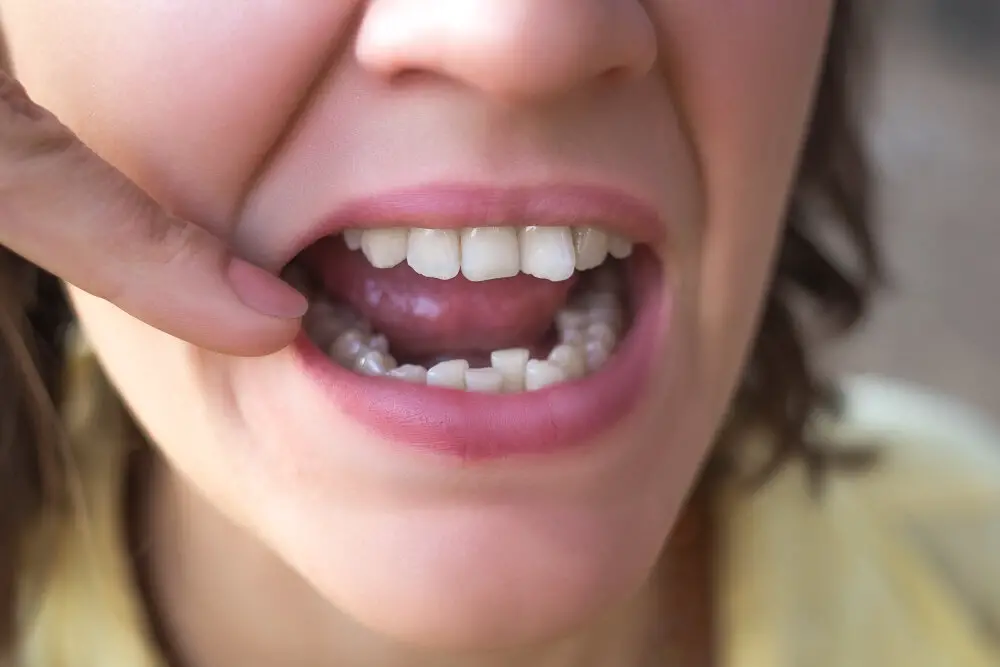
Wisdom teeth irrigation is an essential practice to ensure good oral hygiene and prevent infections. Before starting the irrigation process, it is necessary to prepare adequately to ensure that the process is efficient. First, it is crucial to gather all the necessary materials, including an irrigator, a mirror, and a towel. The irrigator should be set to the appropriate pressure level, and the tip should be chosen based on the user’s comfort level. The mirror should be used to provide a clear view of the area being irrigated, and the towel is used to catch any excess water. Secondly, it is essential to follow the correct procedure when irrigating wisdom teeth. The irrigator should be aimed at a 90-degree angle towards the gum line, and the tip should be placed just above the tooth. The water pressure should be set to a comfortable level, and the user should start irrigating the area. The process should be repeated for all the wisdom teeth, and any debris or food particles should be removed. After completing the process, the user should rinse their mouth with water and spit out any excess water. By following these steps, the user can ensure that their wisdom teeth are adequately irrigated and free from any debris or bacteria.
Consultation with a dentist is an important step in maintaining good oral health. When it comes to wisdom teeth irrigation, it is imperative to seek professional advice and guidance from a dentist who can assess your individual needs. During the consultation, the dentist will examine your teeth and gums, take x-rays if necessary, and discuss your medical history. Based on this information, they can recommend the most suitable irrigation method for your specific case. Additionally, the dentist can provide you with tips and advice on how to properly irrigate your wisdom teeth at home, as well as how often to do so. By consulting with a dentist, you can ensure that you are taking the necessary steps to prevent any potential complications and maintain optimal oral health.
When it comes to efficient wisdom teeth irrigation, choosing the right device is paramount. There are a variety of tools available on the market, each with their own unique benefits and drawbacks. It is important to take into consideration factors such as ease of use, pressure settings, and water capacity when making your selection. Some devices may be more suitable for those with sensitive gums, while others may be better suited for individuals with larger mouths. Ultimately, the right device will depend on your individual needs and preferences. Taking the time to research and compare different products can help ensure that you find the perfect tool for your oral hygiene routine.
Preparing the solution for wisdom teeth irrigation is a crucial step in ensuring a successful and efficient cleaning process. Firstly, one must choose an appropriate irrigation solution depending on the individual’s needs and requirements. Saline solutions are commonly used as they are gentle on the gums and do not cause irritation. However, medicated solutions such as chlorhexidine gluconate may be prescribed by a dentist for those with severe gum disease. It is important to mix the solution according to the instructions provided, and to use clean, sterile water to avoid contamination. The temperature of the solution should also be taken into consideration, as using cold water may cause discomfort or sensitivity. Finally, ensuring the correct pressure and flow rate of the irrigation device is vital to ensure the solution reaches all areas of the mouth and effectively cleanses the wisdom teeth area.
The Process of Wisdom Teeth Irrigation
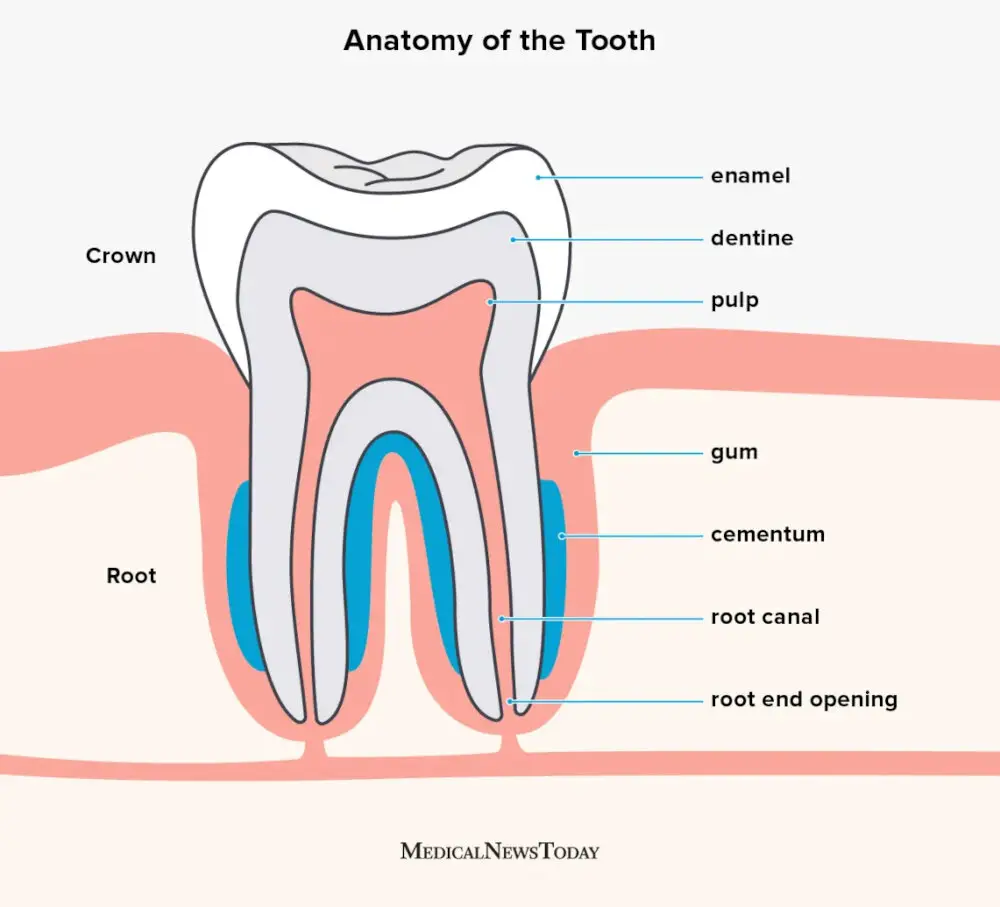
Wisdom teeth irrigation is a crucial aspect of oral hygiene, especially after the extraction of wisdom teeth. The process of irrigation involves flushing out the sockets left behind by the extracted teeth to remove any debris or bacteria that might cause an infection. To begin the process of wisdom teeth irrigation, the patient should first rinse their mouth with warm water to clear out any loose debris. Then, the dentist will use a syringe to flush out the sockets with a saline solution or other medicated solutions to ensure that the area is thoroughly clean. The dentist will also use a curved irrigation tip to reach the deep areas, ensuring that no debris or bacteria are left behind. By doing so, it will prevent any infection and promote faster healing. It is crucial to follow proper wisdom teeth irrigation practices to ensure the best possible outcome. Patients should avoid smoking, drinking alcohol, or using a straw, as these can cause a dry socket and delay the healing process. Additionally, patients should continue to brush their teeth, gently rinse their mouth with salt water, and avoid eating solid foods for the first few days after the procedure. By following these guidelines, patients can help ensure that the area heals quickly and without any complications. Overall, wisdom teeth irrigation is essential for maintaining good oral health, and it is crucial to have the procedure done by a professional dentist to ensure the best possible outcome.
Step-by-step instructions are an essential aspect of any comprehensive guide. When it comes to efficient wisdom teeth irrigation, having clear and concise instructions can mean the difference between a successful procedure and a painful one. It is important to break down each step into manageable pieces, ensuring that the reader fully understands what they need to do. The language used should be variable and engaging, allowing the reader to stay focused and engaged throughout the process. With step-by-step instructions, the reader can feel confident in their ability to complete the task at hand, leading to a successful outcome and a sense of accomplishment.
Effective irrigation is essential for maintaining healthy and thriving crops. To ensure that your irrigation system is operating at maximum efficiency, there are several tips to keep in mind. First, it is important to choose the right type of irrigation system for your specific crop and soil type. Drip irrigation is a popular option for conserving water and delivering water directly to the plant’s roots. It is also essential to properly schedule irrigation to avoid over or under-watering. Additionally, regularly monitoring soil moisture levels and adjusting the irrigation system accordingly can help prevent water waste and ensure that your crops are receiving the appropriate amount of water. Finally, utilizing smart irrigation technology can help automate the process and further improve efficiency. By following these tips, you can ensure that your crops are receiving the necessary irrigation while minimizing water waste and promoting sustainability.
Although wisdom teeth irrigation is generally considered a safe and effective way to maintain oral health, there are potential side effects that patients should be aware of. These include temporary discomfort or soreness in the gums, bleeding, swelling, and irritation. In rare cases, some patients may experience an allergic reaction to the cleansing solution used during the procedure. It is important to follow post-procedure instructions carefully and report any unusual symptoms or side effects to your dentist immediately. With proper care, the benefits of wisdom teeth irrigation can outweigh the risks, leading to improved oral hygiene and overall health.
Maintenance and Care
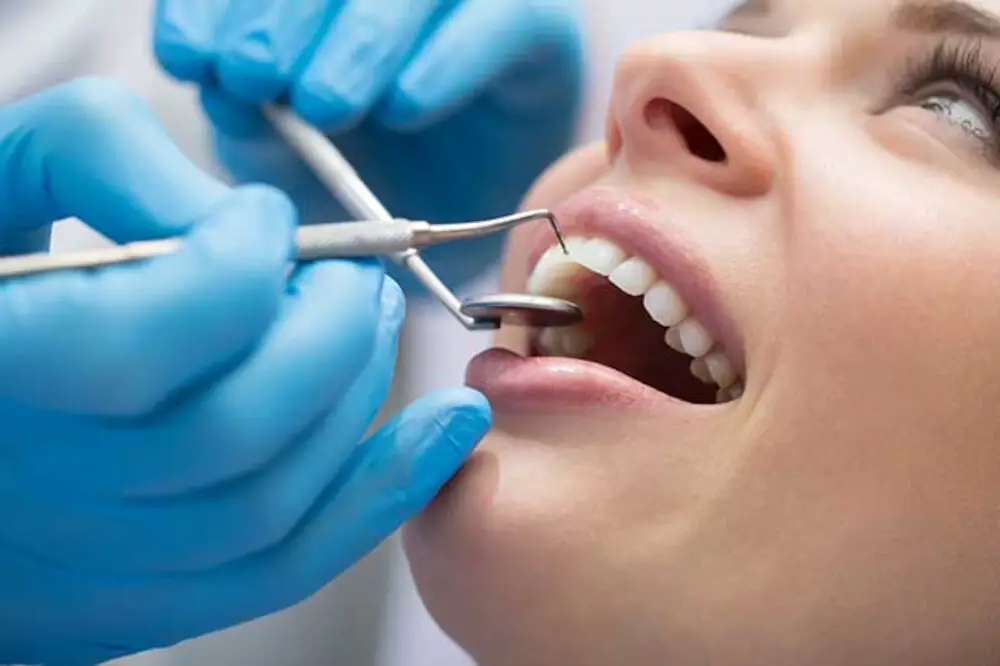
When it comes to maintaining and caring for your oral health, proper dental hygiene is crucial. This is especially true when it comes to your wisdom teeth, which can be difficult to clean properly due to their location at the back of your mouth. Proper maintenance and care of your wisdom teeth can help prevent a range of dental problems, including decay and gum disease. To keep your wisdom teeth healthy and strong, it is important to brush them carefully twice a day, floss regularly, and use an efficient irrigation system. Regular brushing and flossing help to remove food particles and plaque from your teeth and gums, reducing the risk of decay and gum disease. When brushing your wisdom teeth, it is important to use a soft-bristled toothbrush and a fluoride toothpaste. Be sure to reach all surfaces of your teeth, including the back molars. Flossing between your teeth and gums can help remove any food particles that may have been missed by brushing. An efficient irrigation system can also help to keep your wisdom teeth clean by flushing out debris and bacteria from hard-to-reach areas. With proper maintenance and care, your wisdom teeth can remain healthy and strong for years to come. In addition to brushing, flossing, and irrigation, it is important to see your dentist regularly for check-ups and cleanings. Your dentist can monitor the health of your wisdom teeth and identify any potential problems before they become serious. They can also provide advice on proper dental hygiene practices and recommend additional treatments or procedures as needed. By taking good care of your wisdom teeth, you can reduce your risk of dental problems and enjoy a healthy, beautiful smile for years to come.
The cleaning and storage of the irrigation device is a crucial step in maintaining optimal oral hygiene. After each use, the device should be thoroughly cleaned with warm water and soap, ensuring that all debris and bacteria are removed. A toothbrush can be used to clean hard-to-reach areas. Once clean, the device should be completely dried and stored in a clean, dry place. It is important to replace the device regularly, as the bristles can become worn over time, reducing their effectiveness. Proper cleaning and storage of the irrigation device can help to prevent infection and promote healthy teeth and gums.
Regularity of irrigation is a crucial aspect of maintaining good oral hygiene when it comes to wisdom teeth. Consistency is key, as it allows for the removal of harmful bacteria and debris that can accumulate in hard-to-reach areas. By irrigating regularly, individuals can prevent the development of gum disease and other dental issues that can arise from poor oral hygiene. It is important to note that over-irrigation can also lead to damage, so it’s important to follow a recommended schedule and not exceed the recommended amount of use. With the right technique and regularity, efficient wisdom teeth irrigation can be an effective way to maintain optimal oral health.
While irrigation can be an effective way to clean wisdom teeth and the surrounding area, it should not be the only oral hygiene practice. Regular brushing and flossing, as well as using mouthwash, can help keep the teeth and gums healthy and prevent any buildup of plaque or bacteria. It is also important to maintain a healthy diet and avoid sugary and acidic foods and drinks which can contribute to tooth decay and erosion. In addition, regular visits to the dentist for cleanings and check-ups are essential for maintaining good oral health and catching any issues early on. By combining irrigation with other oral hygiene practices, you can ensure that your wisdom teeth are clean and healthy for years to come.
Wisdom teeth irrigation is an essential part of maintaining oral hygiene. Wisdom teeth, also known as third molars, are the last set of teeth to erupt in the back of the mouth. They are prone to trapping food particles, plaque, and bacteria, which can lead to decay, gum disease, and infections. Therefore, it is crucial to irrigate the wisdom teeth area regularly to remove debris and prevent the buildup of harmful bacteria. The use of an irrigator, such as a water flosser or syringe, can effectively flush out food particles and bacteria from the wisdom teeth area, promoting healthy gums and teeth. By incorporating wisdom teeth irrigation into your daily oral care routine, you can prevent dental problems and maintain good oral health.
In conclusion, wisdom teeth irrigation is an essential step in maintaining good oral hygiene. It helps to prevent infections and reduce pain and discomfort. By following the comprehensive guide outlined in this article, you can ensure that you are using the most efficient and effective method for irrigating your wisdom teeth. Remember to choose the right type of irrigation device, use the appropriate solution, and follow the recommended frequency of use. Additionally, it is vital to maintain a regular dental check-up schedule to monitor the health of your wisdom teeth and overall oral health. By incorporating these practices into your dental routine, you can ensure that your wisdom teeth remain healthy and pain-free for years to come.
Conclusion

In conclusion, efficient wisdom teeth irrigation is a crucial aspect of oral hygiene that must not be overlooked. This comprehensive guide has shed light on the importance of proper irrigation techniques, the tools required, and the steps to follow. By incorporating these practices into your daily routine, you can prevent infections, reduce pain, and maintain optimal oral health. Remember, prevention is better than cure, and taking care of your teeth is a small investment that pays off in the long run. So, take charge of your oral health and make wisdom teeth irrigation a priority today!


